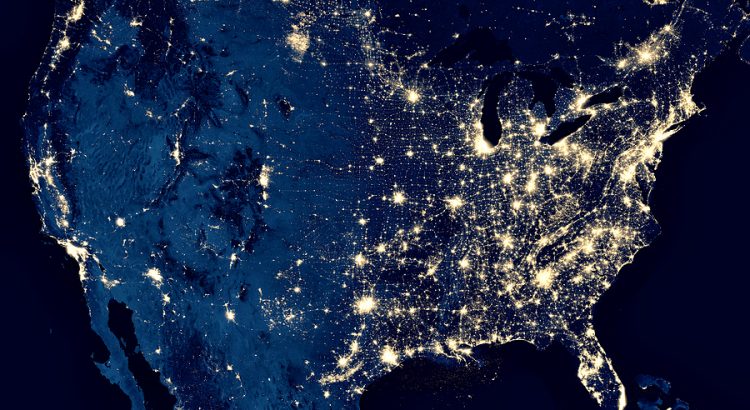It’s almost old news at this point, but last month a self-regulatory body for the advertising industry came out with a ruling against Mint Mobile’s marketing around its “unlimited” plans:
Mint’s allegedly “unlimited” plan caps subscribers at 35GB of regular-speed data each month. Subscribers that exceed the 35GB threshold can continue to use data, but they’re throttled to speeds of 128kbps. As I’ve written about before, 128kbps is a sluggish speed that can’t support a lot of common activities.
The recent ruling is unsurprising. The same self-regulatory body ruled against Boost Mobile for a nearly equivalent offense in early 2021. That said, there are two aspects of this story worth highlighting:
- AT&T initiated the complaint against Mint. Plenty of carriers offer unlimited plans with similar throttling policies, but it looks like AT&T saw Mint as a particularly threatening competitor.
- While Mint has committed to changing its advertisements, I haven’t seen any indication that the carrier will stop calling its 35GB plan an “unlimited” plan. The National Advertising Review Board and the associated National Advertising Division are toothless in some areas of consumer protection.





